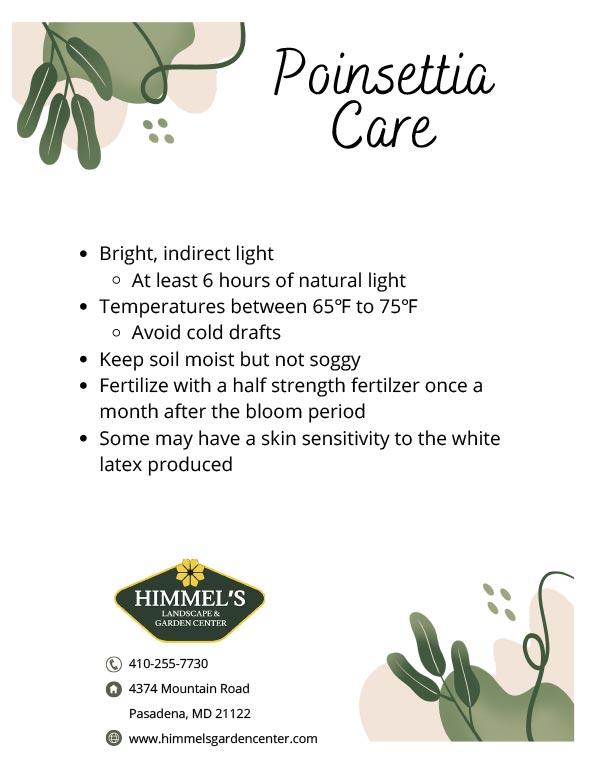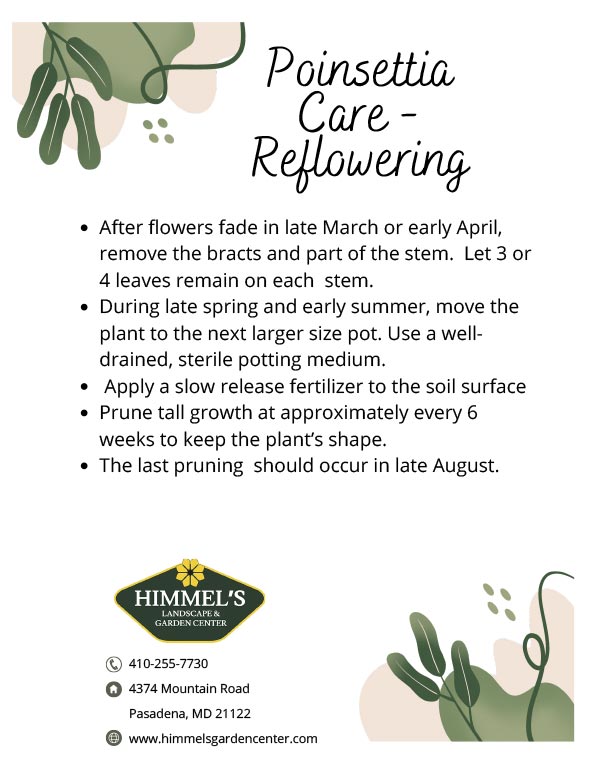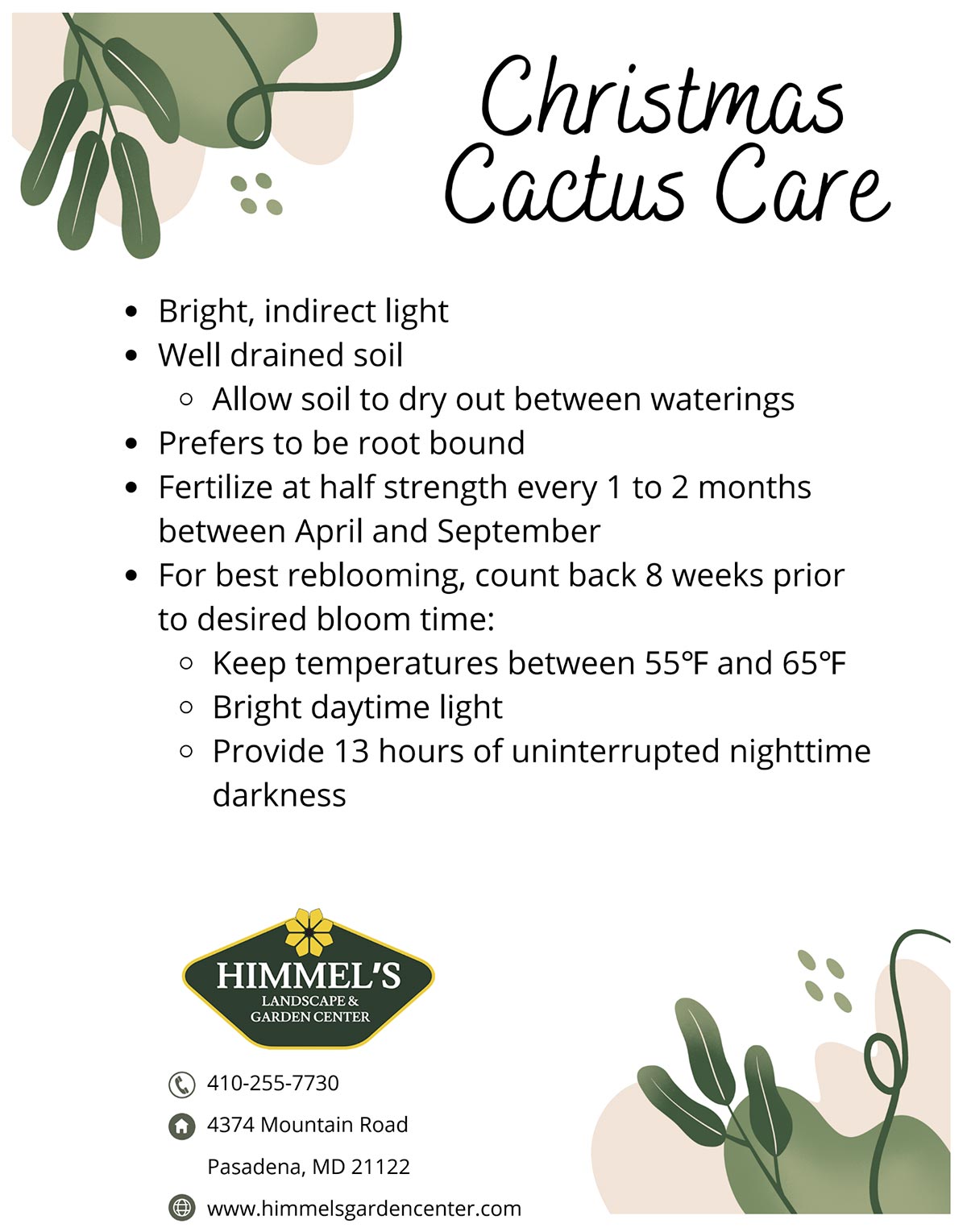
Common name:
Philodendron
Botanical name:
Philodendron spp.
Philodendrons are one of the most popular houseplants, thanks to their reputation for being low maintenance.They are native to the West Indies and the tropical rain forests of Central and South America.
- Light Requirements: Most philodendrons prefer indirect light but this plant is quite tolerant of low light conditions and will grow well under artificial or existing room light.
- Water Requirements: They prefer for the soil to be evenly moist, but not soggy, but will tolerate dry conditions if you forget to water them. Philodendrons prefer a humid environment.
- Characteristics: There are 2 types, vining or climbing and non-climbing. The leaves can be heart shaped, oval, lobed, deeply cut and spear shaped.
- Uses: This is a great air purifying houseplant.
- Interesting Facts: Philodendrons produce an inflorescence known as a spathe, similar to a Peace Lily.
- Varieties:
- Philodendron x ‘Birkin’: This variety is non-climbing and offers thin white stripes on its green leaves. Starting life as an all-green juvenile, ‘Birkin’ develops its sophisticated striping with maturity.
- Philodendron ‘Prismacolor Lemon Lime’: Not to be confused with another Philodendron cultivar of the Heart Leaf Philodendron that also goes by Lemon Lime which is a trailing plant, this plant is an upright variety with longer golden, yellow-green or lime-foliage.
- Philodendron panduriforme: This is a vining variety that can reach 6 feet or more and has dark green, arrow shaped leaves.

There are over 400 different varieties of philodendron! Wow!
Philodendrons are an effective organic air purifier, filtering out harmful toxins such as formaldehyde, benzene, and xylene!
The beautiful philodendron is considered a symbol of abundance and prosperity!
Philodendron can easily be propagated from stem cuttings!





















